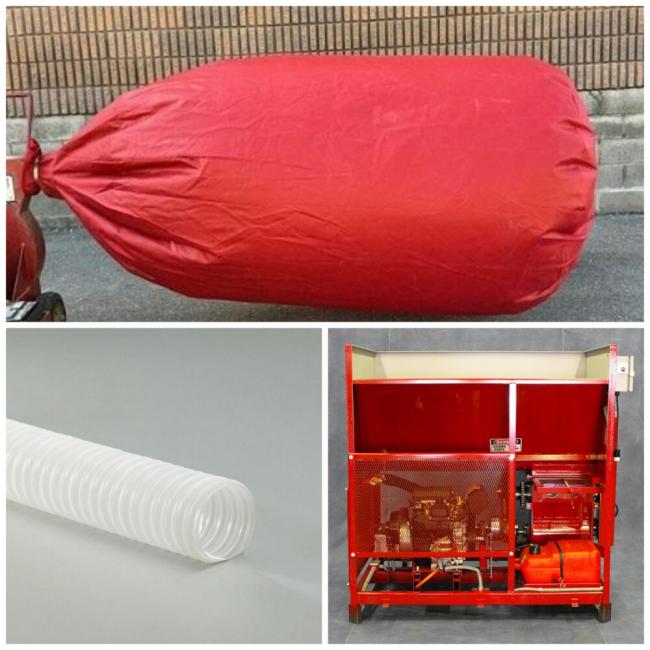Insulation Blowing Machine: Tips To Maximize Coverage & Reduce Waste

At any insulation jobsite, a little waste seems inevitable. The only problem? What seems little at the time might add up to costing a lot. Every single ounce of cellulose or fiberglass (or any other insulation material for that matter) comes with a price tag. That is to say, every bit lost to a lack of efficiency can hurt your profitability.
Not only do you need to choose the right insulation blowing machine, but you also need to operate it correctly to prevent wastage. That is the only way to unlock peak efficiency while striking the perfect balance between speed, coverage, and material use. A couple of easy best practices can help you minimize waste and maximize coverage so your profitability never takes a hit.
1. Ensure the hose size is right
The flow of insulation material into the walls, roof, or floor of your worksite is largely influenced by the size of the hose you choose. Here’s the impact it has:
- A very small hose: Expect restricted airflow and increased risk of clogging
- A very large hose: Makes precision filling in tight cavities extremely challenging
If your project involves dealing with an open attic space, using a hose with a wider diameter makes sense as it allows for faster material flow and coverage. However, if insulating tight cavities is on the cards, hook your insulation blowing machine to a small-diameter hose. It will give you the control you need to prevent overspray and ensure a consistent fill.
2. Calibrate your machine to match the material
Every insulation material – be it cellulose, fiberglass, mineral wool, etc. – has its properties. As a result, each of these materials will require different air pressure settings and feed rates to ensure they fill every cavity in the right manner.
Fine-tuning your blowing machine’s settings can ensure you get both just right. We suggest you test your chosen settings on a small section of the area to be filled before starting installation in earnest. This mini test will reveal whether your machine has been properly calibrated or not.
Even the packing of insulation is a clear sign of proper machine calibration. If you notice under-packing, it is an indication of heat loss. Over-packing hints at material wastage and increased costs. Be mindful of both before proceeding.
3. Adopt a methodical approach
Each insulation project requires working across a considerable space. Separating the space into random portions and filling them individually with insulation material can lead to wastage. A simple cure is to follow a consistent filling pattern across the wall cavity or the attic.
- Attics: To ensure even fill, pick a far end of the attic and work your way from there towards the exit. This prevents overstuffing.
- Walls: Starting from the bottom and working your way to the top of the wall ensures even distribution.
Following this practice will help you achieve uniform R-values across the room while minimizing insulation material wastage.
4. Use insulation removal vacuum bags
Despite following best practices, some insulation material loss during application is inevitable. But that material does not have to go to waste. You can use an insulation removal vacuum bag to collect excess material so you can repurpose it later when you need. It is a simple and effective way to prevent material wastage while keeping the worksite clean.
5. Train your crew to maintain consistency
Even if you have the right machine and the right tools, such as hoses and insulation removal vacuum bags, they will not be as effective in doing their job if your crew does not know how to use them correctly.
So make sure your team knows how to adjust the feed rate along with the correct way to use a hose. Also, demonstrate when they need to stop filling a cavity so instances of over and under-filling can be contained. Lastly, encourage them to monitor the depth of coverage with a measuring stick to ensure accurate and consistent application.
Conclusion
Preparation, training, and technique are the three key pillars to ensuring maximum coverage and minimum wastage when blowing in insulation. Of course, using the right tools – including insulation blowing machines and vacuum bags is just as important. Heat Seal Equipment Ltd. can help you with that. Contact us to get the best equipment in Ajax, Ontario, that offers cost-efficient performance.





